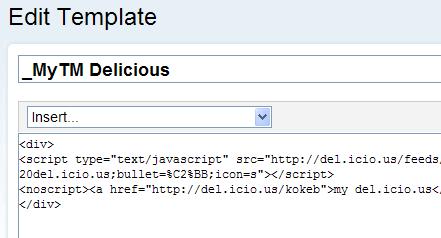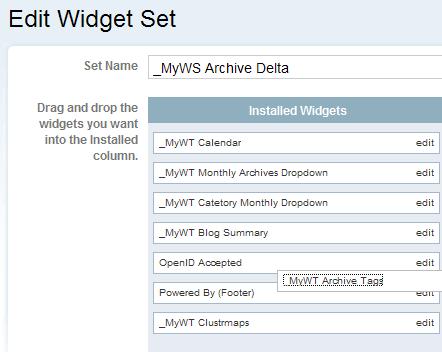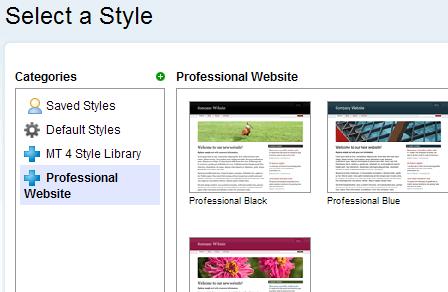The quality of blog contents or contents itself must be a source of spirit in daily blogging. On other hands, supporting techniques will polish the spirit effectively if they provide appropriate tools rendering whatever bloggers want to visualize on the Web. The Movable Type, called publishing platform, converts merely textual contents to prospective shining gems with its underlying techniques as well as with bidirectional data flow across most resources on the Web.
All blog platforms including Movable Type would conform to web standards in their respective resulting contents. Differences against one another comes from the ways how they control user contents from input to output, facilities they provide for users doing so, and design scheme users work on. Templates, widgets, and styles are what Movable Type can show regarding those differences.
1. Templates are logical frameworks where user entries enter directly and indirectly. There is no need to care about physical structure. Putting what one wants to put is enough! Template contents may be frequently used codes/strings, just logical layout (for example, article title will be followed by contents, then comments, blah, blah), and whatever commonly used excerpts.

2. Widgets are building blocks helping users place contents (including entry) here and there over a blog plane. User can group contents from various sources of user defined templates, existing Movable Type templates, and direct input. User can construct widgets independent from those sources. Once widgets are ready for use, users can drag and drop to place them wherever preferred. That is, only mouse movements are required.

3. Styles are facilities to generate browser ready outcome from user entry incorporated with templates and widgets. HTML/CSS aware definition will make your entry look more beautiful and understandable from the Web. Style modification may need patience to test outcomes with trial and error repetition, a sort of intensive manual labor. However, concentration on style design is the only time consuming and hard work because templates and widgets will relieve bloggers of chores.

More technical details with examples will soon appear showing how those three will enhance flexible blog publishing. Of course, there are many more features available apart from above mentioned
Comments